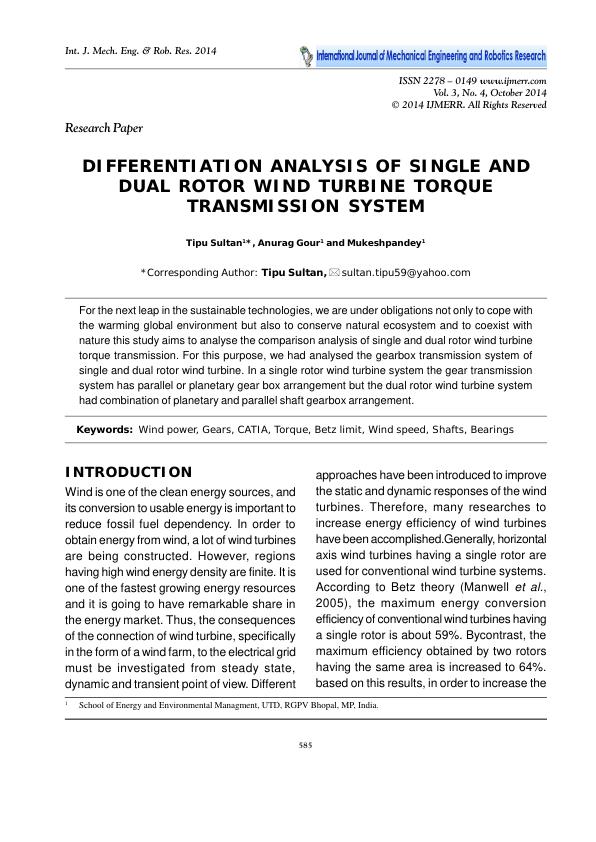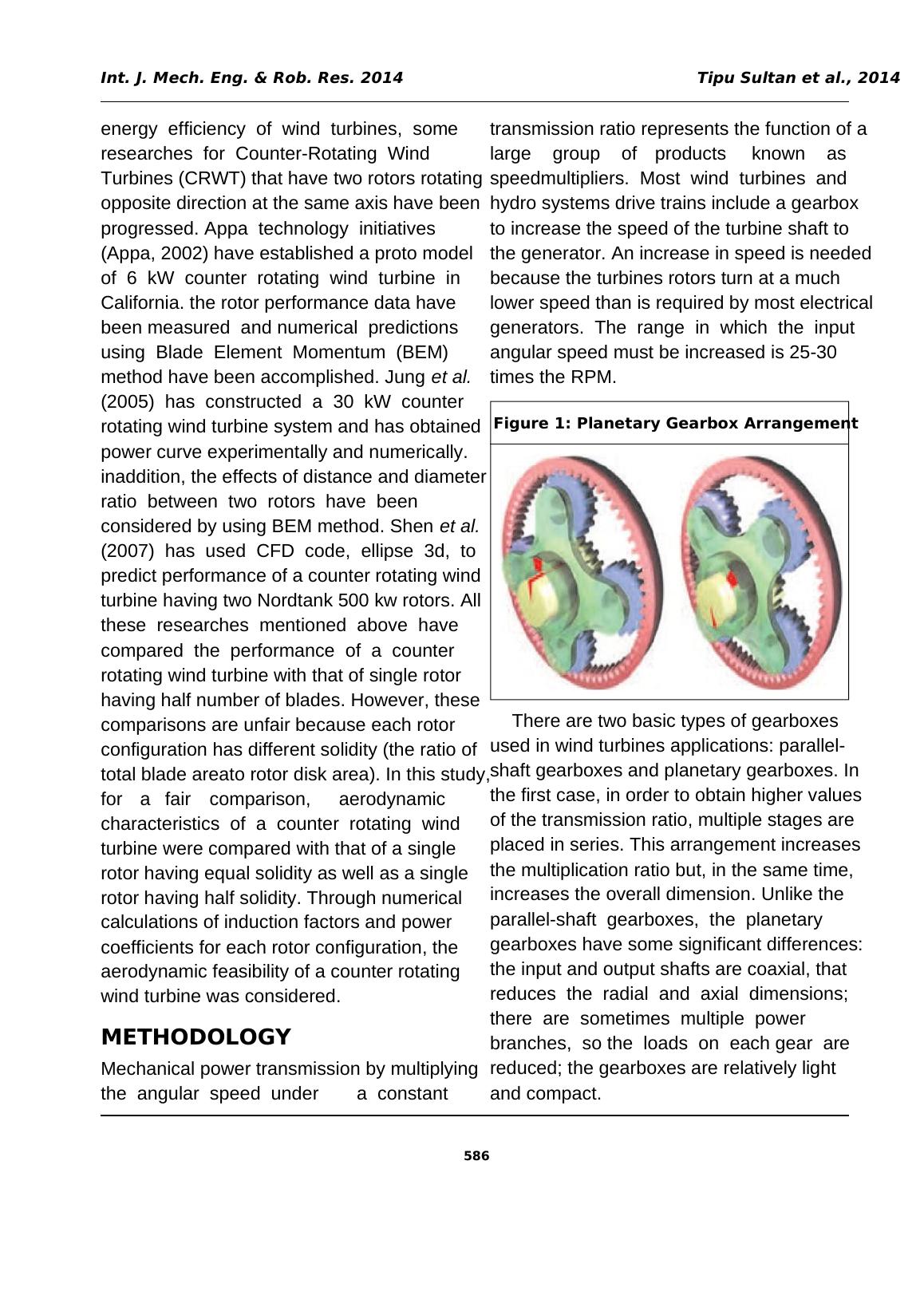Differentiation Analysis of Single and Dual Rotor Wind Turbine Torque Transmission System
Simulation and optimization of dual rotor wind turbine
4 Pages1761 Words347 Views
Added on 2022-10-17
About This Document
This research paper analyzes the comparison analysis of single and dual rotor wind turbine torque transmission system. It discusses the gearbox transmission system of single and dual rotor wind turbine and compares their specifications, efficiency, cost, and more. The paper also includes tables of gear dimensions and the methodology used for designing the gearbox.
Differentiation Analysis of Single and Dual Rotor Wind Turbine Torque Transmission System
Simulation and optimization of dual rotor wind turbine
Added on 2022-10-17
ShareRelated Documents
End of preview
Want to access all the pages? Upload your documents or become a member.
Case Study on Wind Turbine Gearbox Assignment
|12
|2988
|160


